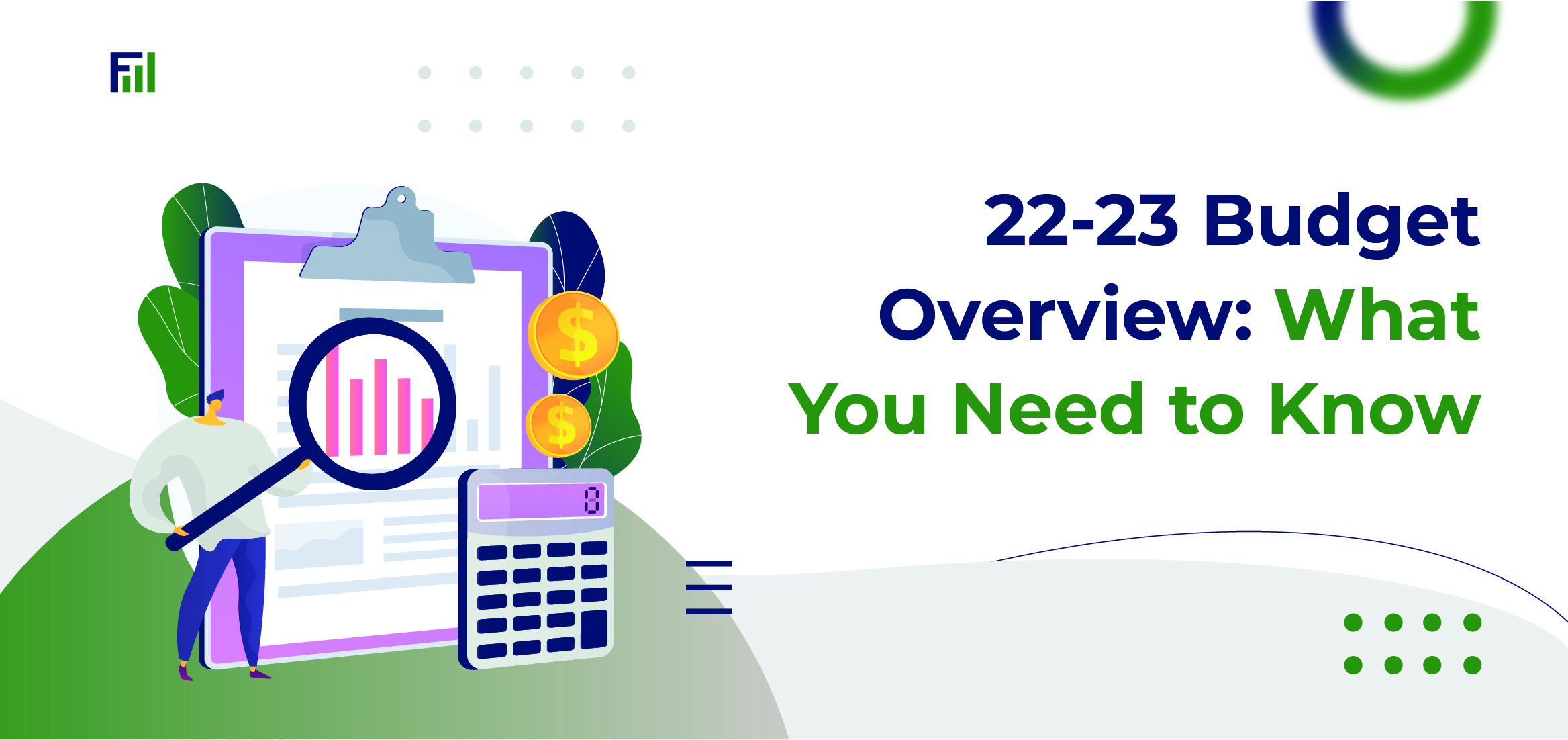Last week, 29 March 2022, the Treasurer delivered the Federal Budget, with $8.6 billion in one-off temporary handouts to address the cost of living. That does not include the billions geared towards improving defence, disability services, and more. While some critics call the recent budget “an election sweetener” geared with short-term electoral objectives in mind, the government promises that the new budget aims to lead Australia’s economy into a strong future.
But what does the new budget means for ordinary citizens? Let’s take a deep dive into some of the highlights of the new budget.
Your dream home is a step closer to reality
A budget boost will expand the Home Guarantee Scheme to 50,000 places every year. This program includes a variety of schemes aimed towards first-time buyers, regional buyers, and those searching for family homes.
The First Home Guarantee program allows first-time home buyers to purchase a home without having to pay lenders' mortgage insurance and with a 5% deposit. The number of places available under this scheme will rise from 10,000 to 35,000. A new Regional Home Guarantee program will also provide 10,000 places for persons buying new houses in the region. Non-first-time home buyers are also eligible in this scheme. Meanwhile, a total of 5000 guarantees are included in the budget under the Family Home Guarantee, which is aimed at helping single-parent families.
The First Home Super Saver Scheme (FHSSS) is also having an update. This scheme aims to encourage Australians to save for their first home by allowing them to establish a deposit in superannuation and receive a tax break. When compared to saving in a conventional bank account, the FHSSS can increase the amount of money saved for a deposit by at least 30% for most people.
With the budget update, the maximum amount of voluntary contributions that can be released under the FHSSS will grow from $30,000 to $50,000 effective 1 July 2022.
These schemes spell great news for those who are looking to buy a home, especially in the regions. However, some experts are wary that the program will only tighten up the competition and cause property prices to rise, making it more difficult for citizens to buy a home.
Tax offset and income support programs aim to aid with cost of living
Over 10 million people will receive a one-time $420 cost-of-living tax credit starting July 1st. When combined with the low- and middle-income tax offset (LMITO), qualifying low- and middle-income earners can receive up to $1,500 for a single-income household or $3,000 for a dual-income household.
This adds to the estimated $40 billion in tax relief provided to households under the Personal Income Tax Plan since the COVID-19 pandemic began, and aims to aid individuals in facing the rising cost-of-living challenges.
Aside from the tax offset, the government is providing a one-off, income tax-free payment of $250 to help Australians cope with rising cost of living. At a cost of $1.5 billion, this payout will assist 6 million people and pensioners make up more than half of those who will receive the benefit. It will be automatically paid in April 2022 to all qualified retirees, welfare users, veterans, and concession card holders. This is on top of the existing indexation systems, which have resulted in increasing income assistance payments. In March 2022, income support payments increased by 2.1 percent, helping nearly 5 million Australians, according to the government website.
Lower gas prices is expected
Fuel prices have risen as a result of Russia's invasion of Ukraine, adding to the cost of living difficulties experienced by families and the expense of doing business for small firms. This is why the budget notably targeted to address rising gasoline costs by reducing fuel excise.
For the next six months, the government will lower fuel excise by 50%. Meaning, the excise on gasoline and diesel will be reduced from 44.2 cents per litre to 22.1 cents per litre. As stations restock their stockpiles, fuel with a cheaper excise cost is projected to reach the bulk of service stations and Australian consumers within a few weeks.
How do these changes align with your financial goals?
The Australian budget is not limited to these areas. There are also some provisions targeted to reduce power bills and cost of childcare, encouraging apprenticeships to boost workforce, expanding health care services, as well as helping women succeed and stay happy. It's easy to feel hopeful with all these programs lined up and we will see their impact in the coming weeks, months or even years.
Any movements in the financial space at the national level are expected to trickle down to each citizen. How are you feeling about these changes and how do you think these will impact your financial goals? Take the time to adjust your priorities based on the opportunities before you but always remember to be wise.
Whatever your financial goals may be and how the market looks, we can help you. We at Fastgrow Finance can help you get the best financial solutions for you based on your need, budget and lifestyle? Are you thinking of buying a home this year in light of the grants, or do you want to start a small business? Name it, we’d love to help.
We understand the ins and outs of the market and we keep updated with all the national and global events that can have an impact on you. This is so we can provide you with reliable services and help you achieve your financial goal.
Please get in touch with us directly. Our knowledgeable advisors and trusted brokers will work with you to determine your objectives and screen and help select a provider that meets your needs.
Contact us through the following channels:
- Phone: (02) 9630 3142
- Email: [email protected]

